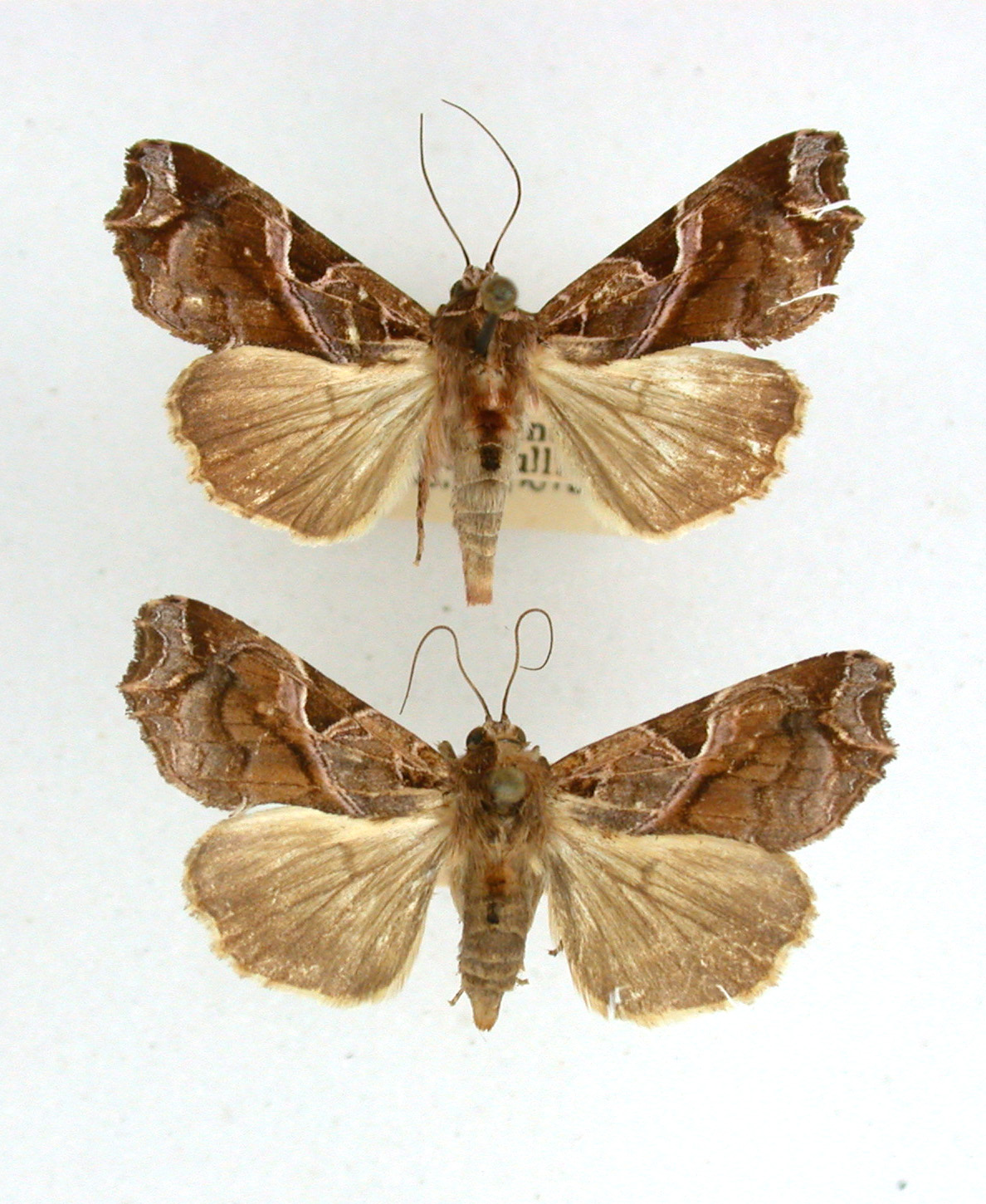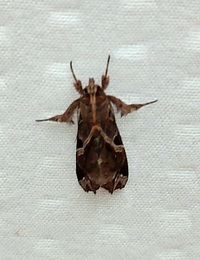
| Recorded by: Mark Basinger on 2025-09-09
Wilson Co.
Comment: | 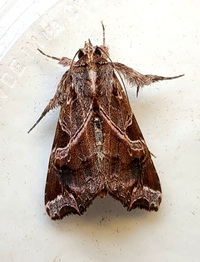
| Recorded by: Mark Basinger on 2025-09-04
Wilson Co.
Comment: |
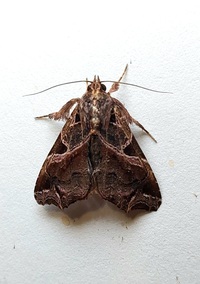
| Recorded by: Mark Basinger on 2025-08-25
Wilson Co.
Comment: | 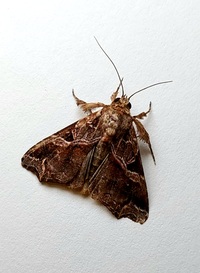
| Recorded by: Mark Basinger on 2025-08-17
Wilson Co.
Comment: |
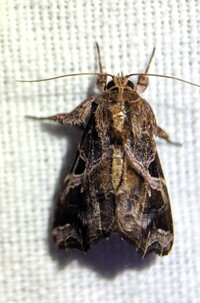
| Recorded by: Melody McMichael on 2025-08-09
Forsyth Co.
Comment: | 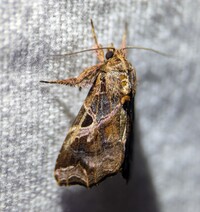
| Recorded by: Melody McMichael on 2025-08-09
Forsyth Co.
Comment: |
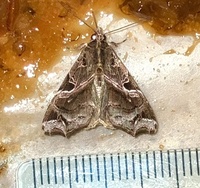
| Recorded by: Ken Kneidel on 2025-07-20
Mecklenburg Co.
Comment: | 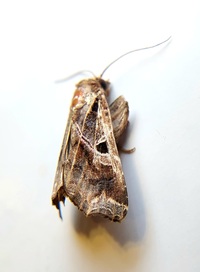
| Recorded by: Mark Basinger on 2025-07-19
Brunswick Co.
Comment: |
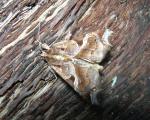
| Recorded by: R. Newman on 2025-05-13
Carteret Co.
Comment: | 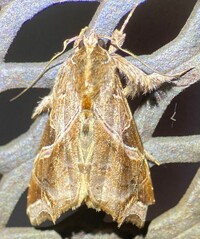
| Recorded by: Dean Furbish on 2024-10-04
Wake Co.
Comment: |
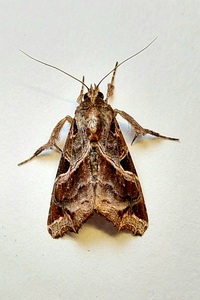
| Recorded by: Mark Basinger on 2024-09-25
Wilson Co.
Comment: | 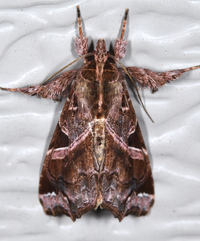
| Recorded by: Jim Petranka on 2024-09-06
Madison Co.
Comment: |

| Recorded by: Jim Petranka on 2024-09-06
Madison Co.
Comment: | 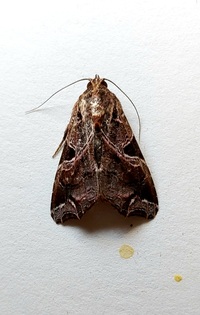
| Recorded by: Mark Basinger on 2024-09-05
Wilson Co.
Comment: |
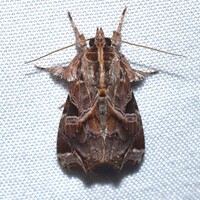
| Recorded by: Jeff Niznik on 2024-07-21
Orange Co.
Comment: | 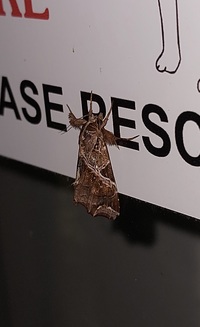
| Recorded by: Mark Basinger on 2023-09-19
Wilson Co.
Comment: |

| Recorded by: Mark Basinger on 2023-09-19
Wilson Co.
Comment: | 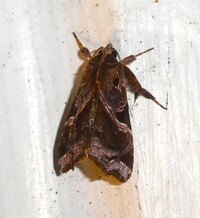
| Recorded by: Simpson Eason on 2023-07-23
Durham Co.
Comment: |

| Recorded by: David George on 2023-07-21
Durham Co.
Comment: | 
| Recorded by: J.B. Sullivan on 2023-07-12
Carteret Co.
Comment: Larva (31 mm) was in a Boston Fern hanging basket. |

| Recorded by: J.B. Sullivan on 2023-07-12
Carteret Co.
Comment: A pupa (lateral view; 8 mm). | 
| Recorded by: J.B. Sullivan on 2023-07-12
Carteret Co.
Comment: A pupa (ventral view; 8 mm). |
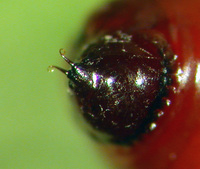
| Recorded by: J.B. Sullivan on 2023-07-12
Carteret Co.
Comment: a view of the pupal hooks. | 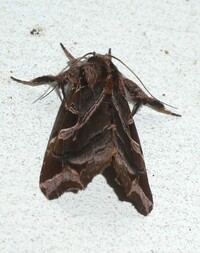
| Recorded by: Simpson Eason on 2022-11-04
Durham Co.
Comment: |

| Recorded by: Dean Furbish on 2022-10-30
Wake Co.
Comment: | 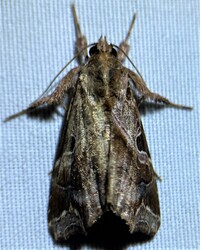
| Recorded by: Dean Furbish on 2022-09-13
Wake Co.
Comment: |

| Recorded by: Simpson Eason on 2022-08-18
Durham Co.
Comment: | 
| Recorded by: Jim Petranka on 2022-07-31
Madison Co.
Comment: |
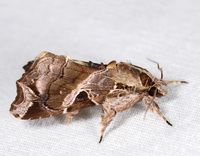
| Recorded by: John Petranka on 2022-07-30
Orange Co.
Comment: | 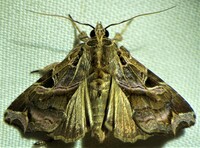
| Recorded by: Dean Furbish on 2022-07-28
Wake Co.
Comment: |
|

 »
»
